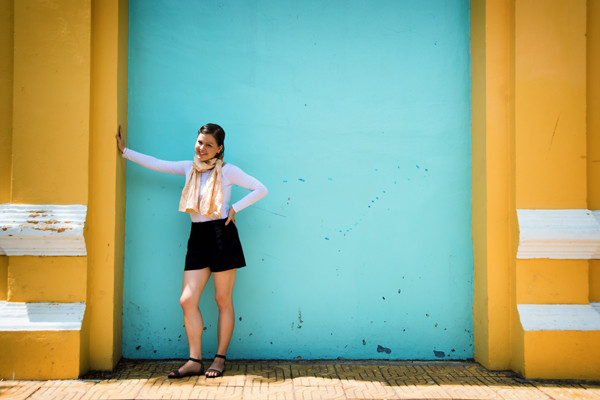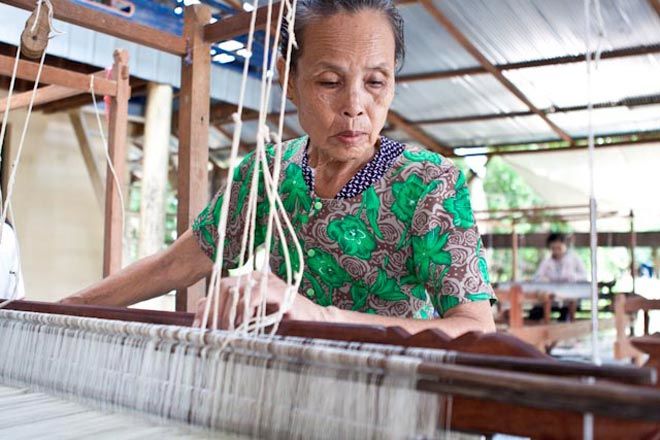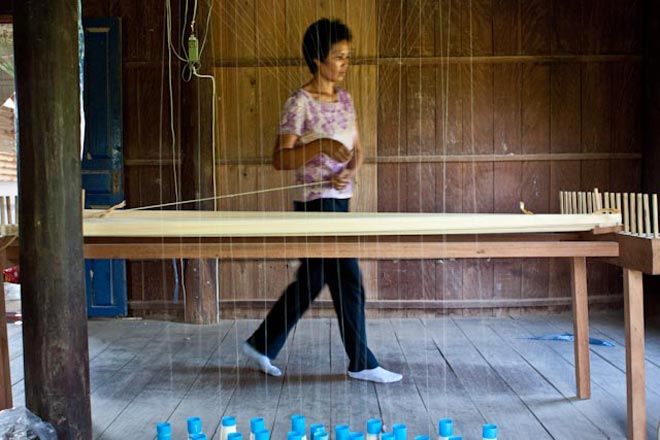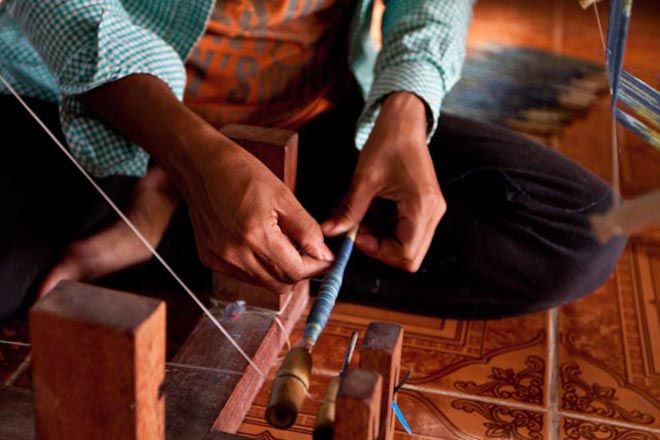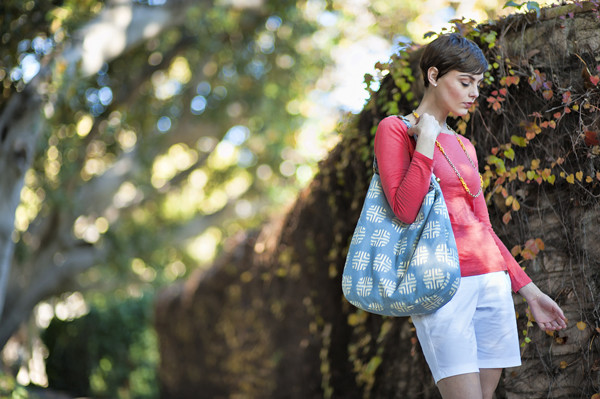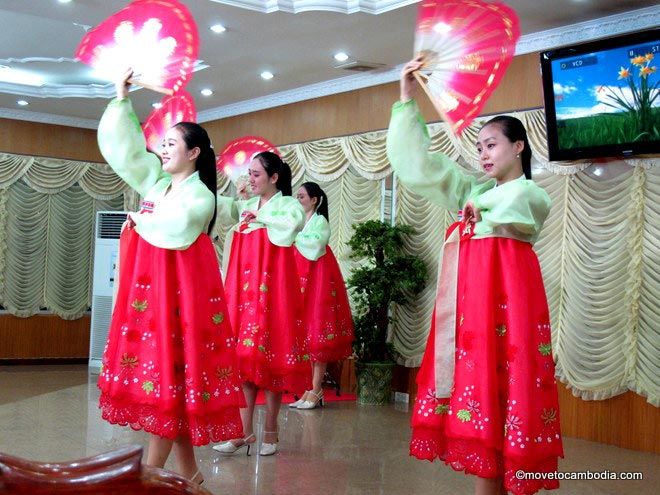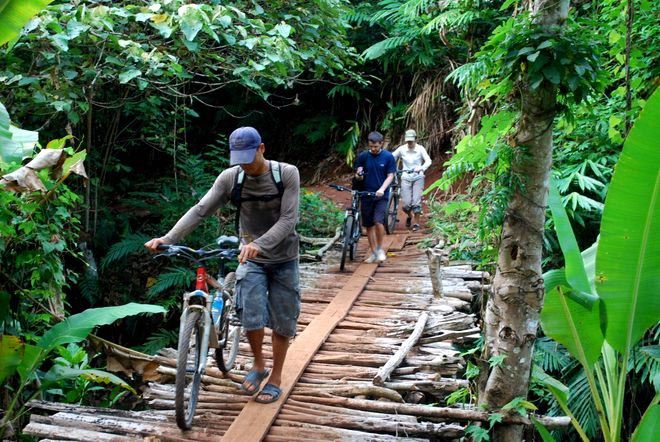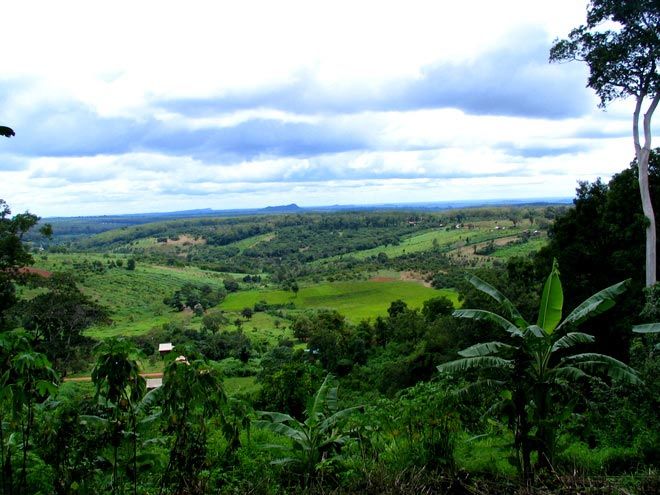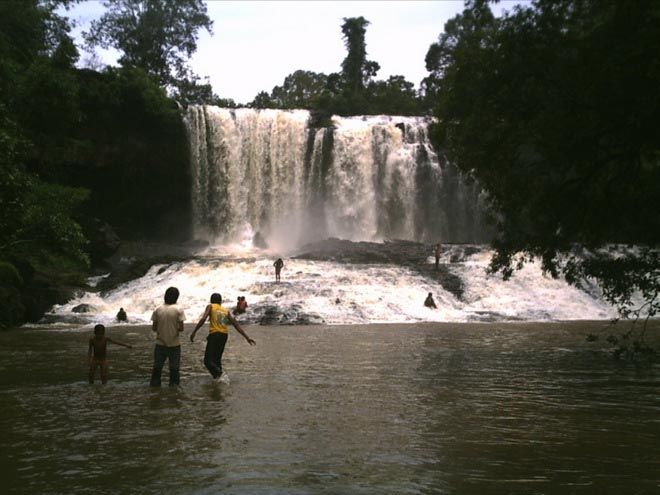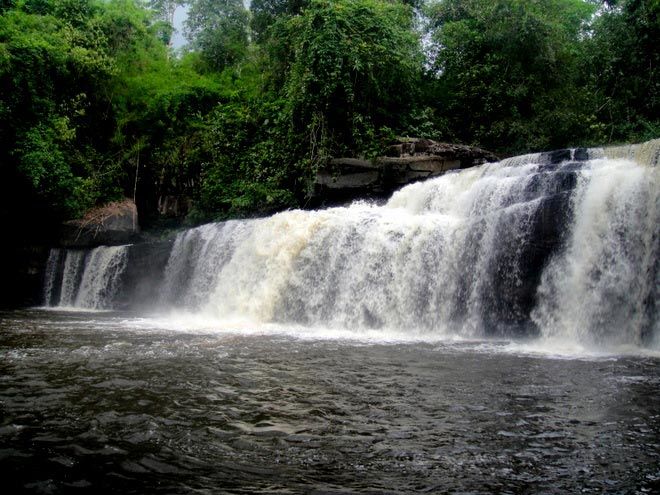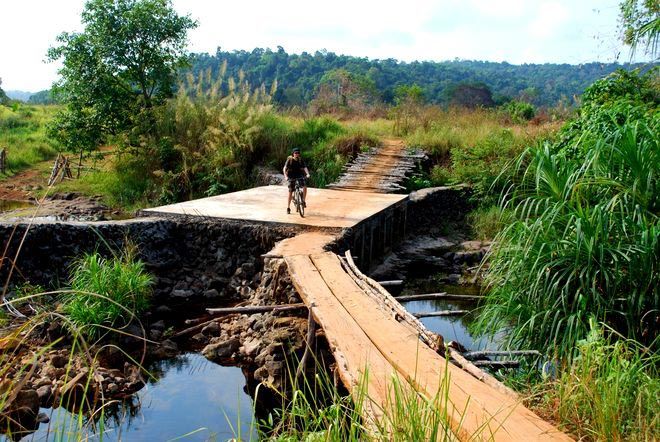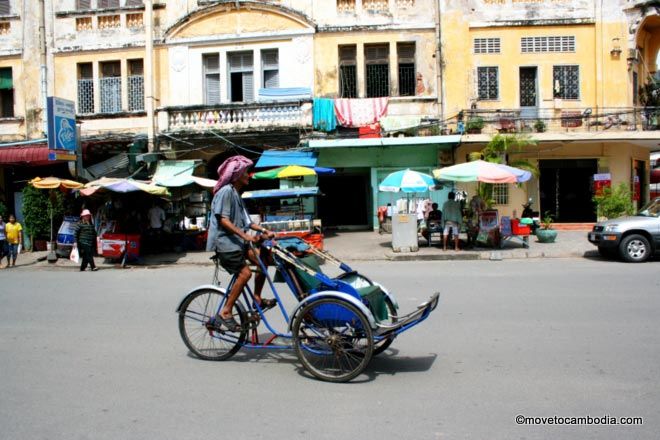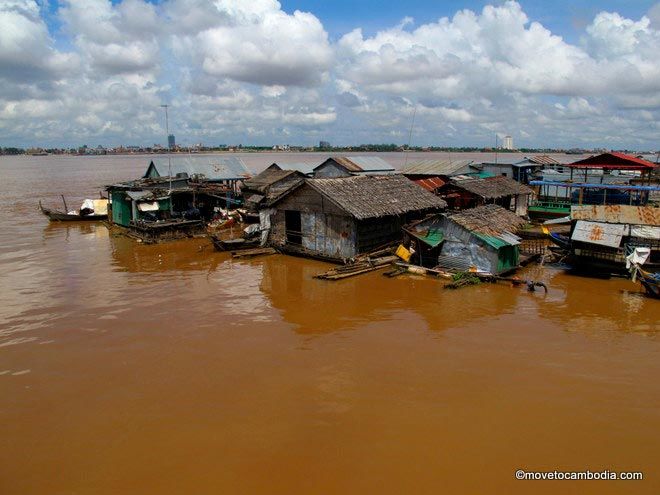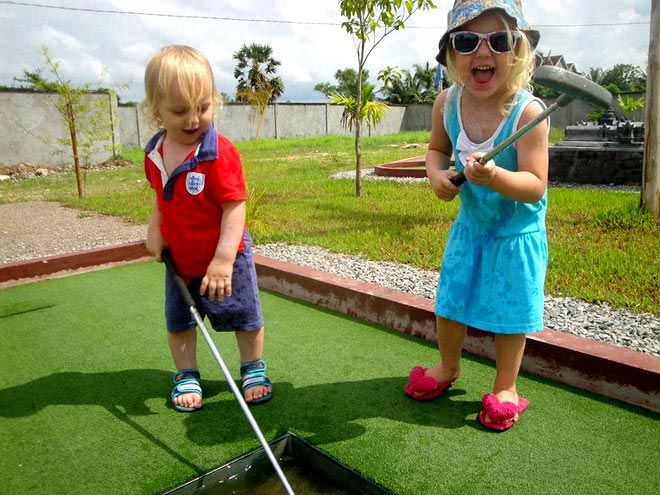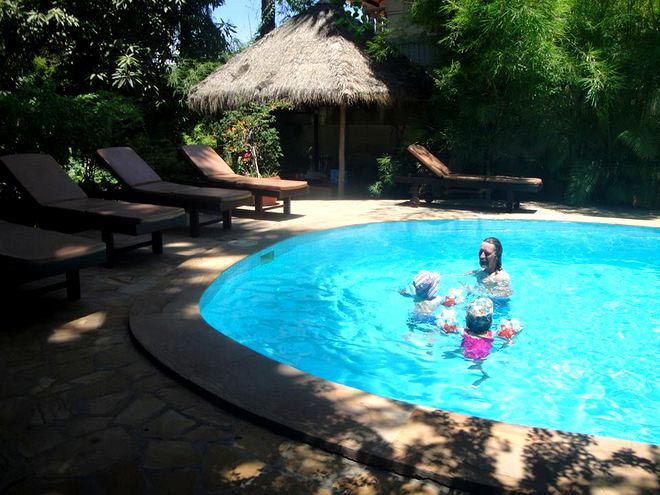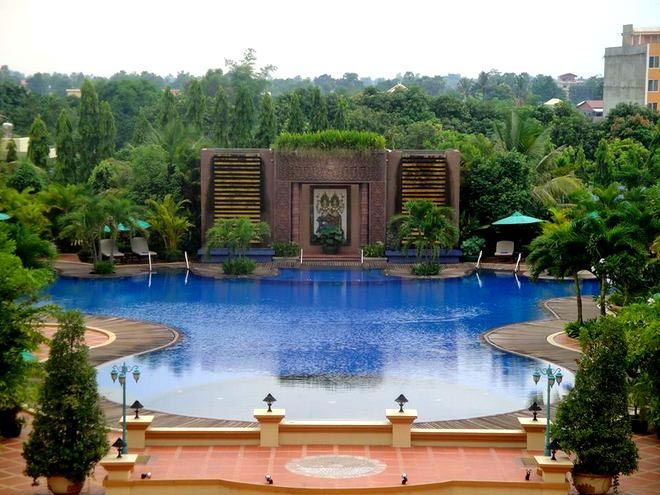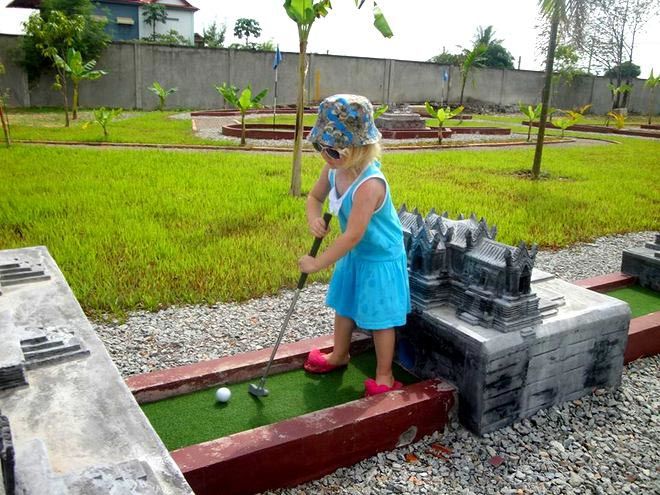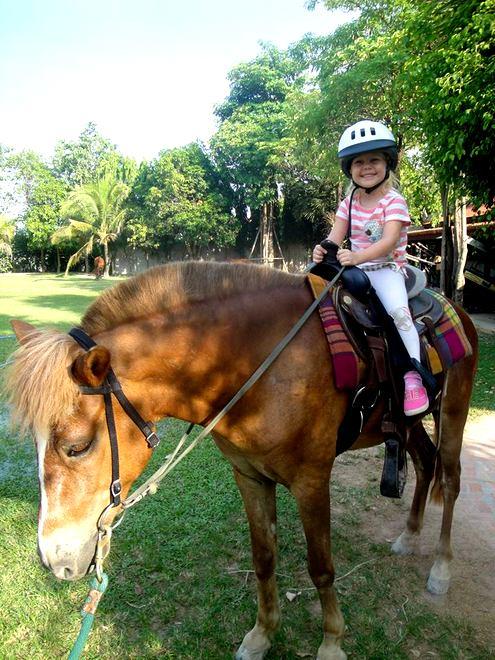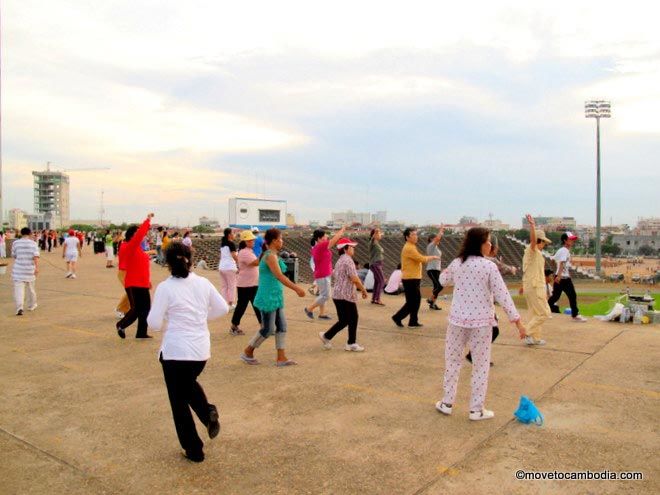We’ve been doing expat Q&As for a while now, but this week’s is the first in an upcoming series of Q&As with expats that have been living in Cambodia for years and years. The old timers of the expat scene have the best stories to tell, so we’re delighted to feature them here, starting with Ken Cramer.
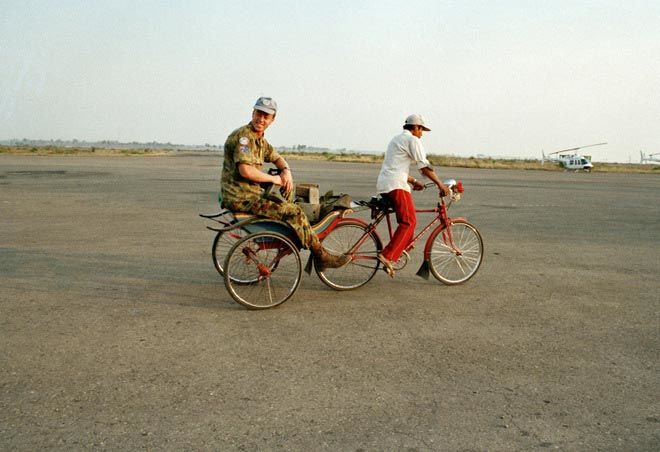
An Australian soldier about to board an UNTAC helicopter. Phnom Penh, 1993.
Ken originally visited Cambodia briefly in 1993 in the wake of the UNTAC-sponsored elections. He returned in mid-1994 and has been living in Cambodia for 19 years, now with his wife and two children. He worked as a teacher in Sihanoukville in the mid-1990s, an election observer in the eastern provinces in three national elections, has done occasional work in human rights and has been the publisher at Canby Publications since 1997.
MTC: How has Cambodia changed since you moved here 19 years ago?
KC: “Cambodia is a wholly different country from the one I knew when I first arrived.
When I taxied into Phnom Penh mid-1994, there was no street lighting or traffic control lights, motos and cyclos were ubiquitous, cars were few and tuk tuks unknown. Electricity outages were a regular occurrence lasting hours or days at a time, and monsoon flooding in the city was a given. Nights were dead quiet in the city save the occasional barking dog or report of a gun.
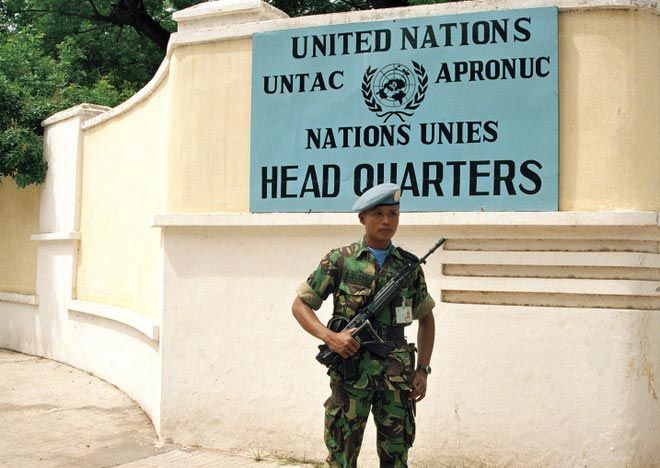
An Indonesian UN soldier guarding the entrance to UNTAC Headquarters in Phnom Penh.
The wars were still on, soldiers were everywhere and the Khmer Rouge regime was depressingly fresh in people’s minds. The national routes were all but impassable due to broken pavement and military checkpoints. The sound of gunfire (whether in anger or fun or to stop the rain) was a constant presence in the Phnom Penh night. Brothels operated openly across the city and ganja was sold by the bale at Phsar Chas.
Cambodia had a very military, very male, smuggler’s cove-feel to the whole country. Still, in the post-election glow of the 1993 polls hope was high amongst the Khmers and the few international businessmen here, but actual improvement and real investment would be slow to come.
As an expat back then, city services and supplies were extremely limited. Lucky Market, the only real international market in town, was there on Sihanouk just as now, but much smaller and the selection very narrow. Most shopping was done at the traditional markets. We used to ask friends to bring niceties like antiperspirant, candy bars and disposable razors from Thailand. Some hotels and bars had satellite TV, but for everyone else television was limited to a few local broadcast channels and bootleg VCR tapes.
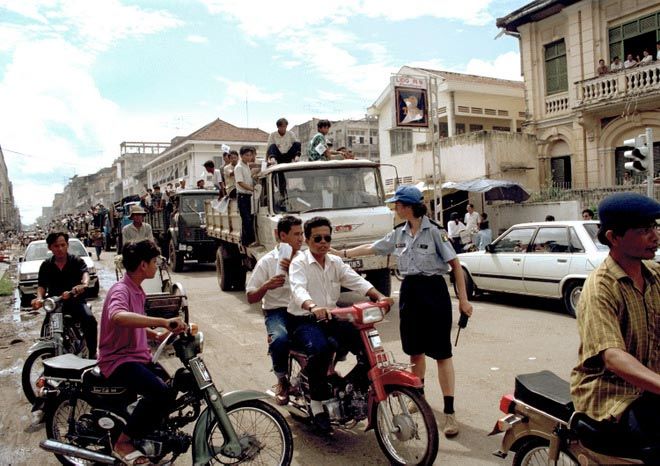
An Irish police officer directing traffic in Phnom Penh, 1993.
There was no Internet, landlines were a semi-functional few and cell phones only just introduced. I used to get my news listening to BBC on the shortwave. There were no international flights to Siem Reap, and Sihanoukville had but one western bar and two backpacker guesthouses. There were a few foreigner-oriented bars and restaurants in Phnom Penh, but just a few–the Heart of Darkness, the FCC, the Cathouse, No Problem Cafe, Bert’s Books and maybe half a dozen others.
Things remained that way for the next few years.
The factional fighting of July, 1997 marked a minor turning point. Controls were tightened a bit and things felt a little less anarchic, but the business environment remained dismal and the Cambodian ‘Wild West’ carried on. The elections of 1998, formation of an internationally acceptable government and eventual defeat of the Khmer Rouge marked major normalizing change. Local investment and improvements picked up, in-country travel became easier and the Phnom Penh restaurant/bar scene expanded slightly, but the business and the expat scene did not start to take on its current form until the early 2000s.
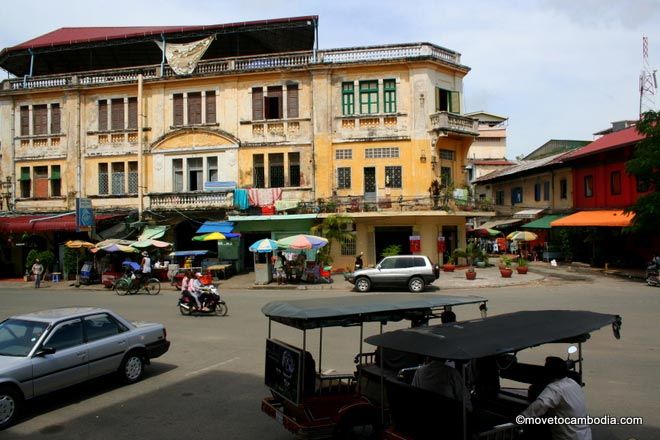
Across from the main post office, Phnom Penh.
Post-2003, after the elections, is when real investment began as well as an explosion of restaurants, bars and shopping across Phnom Penh. The old brothel scene began to dry up in earnest, the choice of boutiques and finer restaurants expanded, bars multiplied like bacteria, not only the necessities but some of the niceties became available, more female expats began to arrive and things took on a comparatively more genteel, more varied, slightly more sophisticated atmosphere.
Cambodia for the expat, at least in the major cities, is now a wholly different place than back in the naughty nineties. There are now fashion boutiques and gallery showings, fusion restaurants and international discos, wine shops and single malts, tuk tuks and taxies, supermarkets and malls, credit cards and ATMs, the roads in the cities are smooth and fast and full of SUVs and new motos, everybody’s got a cell phone and WiFi is common–differences as stark as night and day. (Granted, it is not yet as developed as Thailand…and thank goodness for that.)
The old days of the Cambodian Wild West–of brothel villages, RPG-toting soldiers and total lawlessness are dead and gone, regardless of what the international press and parachute journalists may occasionally write to sell newspapers or push some cause.
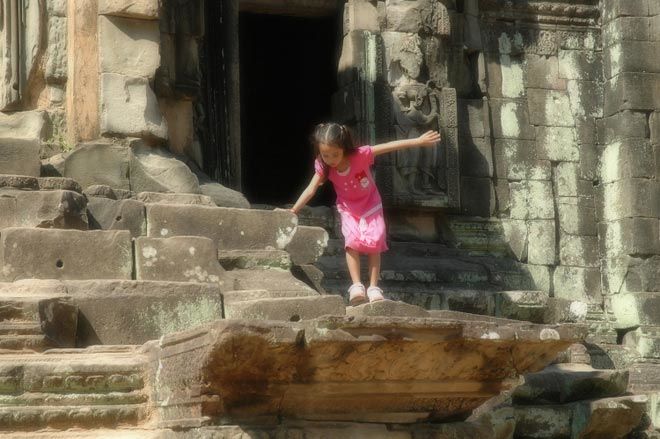
Ken’s daughter exploring an Angkorian temple.
For the new expat I have a few recommendations and survival tips:
Don’t imagine you know about Cambodia from what you’ve read in the international media, NGO reports or seen on some magazine show back in the west. Listen and learn from the Cambodians here and from what you see and experience on the ground. Get a bit more in-depth by reading the likes of Chandler and Osborn, the local English language press and maybe even learn some Khmer. Regardless of what you may find lacking by comparison to your home country, have some appreciation for how far this country has come in the past two decades–literally from near zero to all that you see now.
While there are certainly lines to be drawn, do not try to impose your imagined superior ways or remain rigidly fixed to the norms and values of your culture. That is a recipe for frustration and burnout. Bend like the reed or break like an oak in the wind. And lastly, beware to take care of yourself. A product of the Khmer ‘live and let live’ way, this country will do nothing to protect you from your excesses, and may even encourage them. There is no nanny state to step in and save you. You need to self-regulate and to exercise self-control and prudence. The only thing standing between you and destruction is you.”
